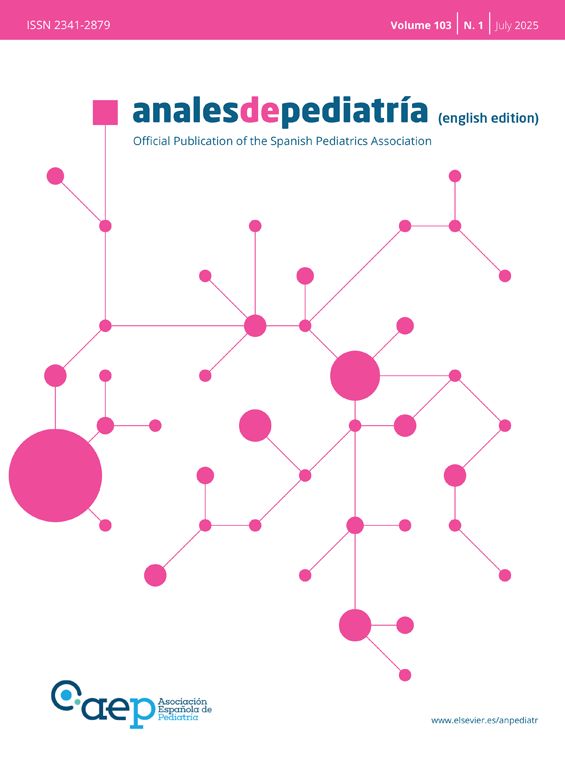Chronic gastritis is the most common clinical manifestation caused by Helicobacter pylori. There are other, less prevalent Helicobacter species that cause gastrointestinal disease, such as Helicobacter heilmannii, which is associated with nodular antral gastritis.1,2
We present the case of a child aged 3 years who had multiple food allergies and lived in a rural area in close contact with cats, with a reported history of difficulty swallowing solids, epigastric pain and frequent vomiting. Blood tests revealed vitamin B12 deficiency and iron-deficiency anemia refractory to treatment. Endoscopy allowed visualization of antral mucosa nodularity with a polypoid appearance (Fig. 1), and the histological examination revealed the presence of spiral-shaped bacteria compatible with H. heilmannii (Figs. 2 and 3); culture of the biopsy specimen was not performed. After diagnosis, the patient received triple therapy (omeprazole, amoxicillin and metronidazole) for 14 days, which achieved resolution of symptoms.
H. heilmannii is a bacterium that spreads through zoonotic transmission that is rare in our area and is strongly associated with pets.3 Although it is morphologically different from H. pylori, endoscopic and histologic findings may be very similar in both species. We ought to underscore the need of additional microbiological tests in cases of non-pylori Helicobacter infection to improve the management of affected patients.2,3 Conventional H. pylori treatment can achieve eradication of H. heilmannii.3









